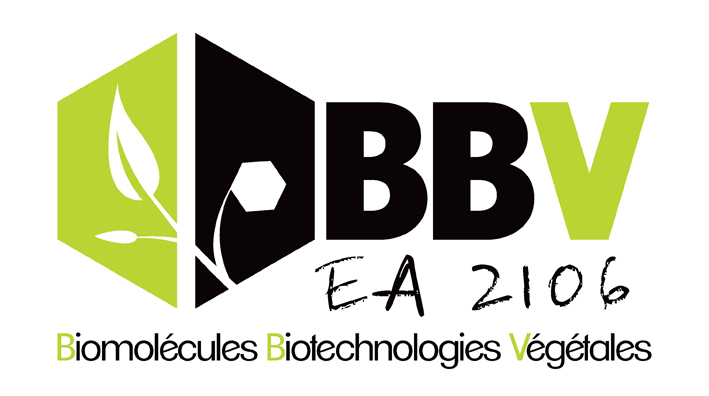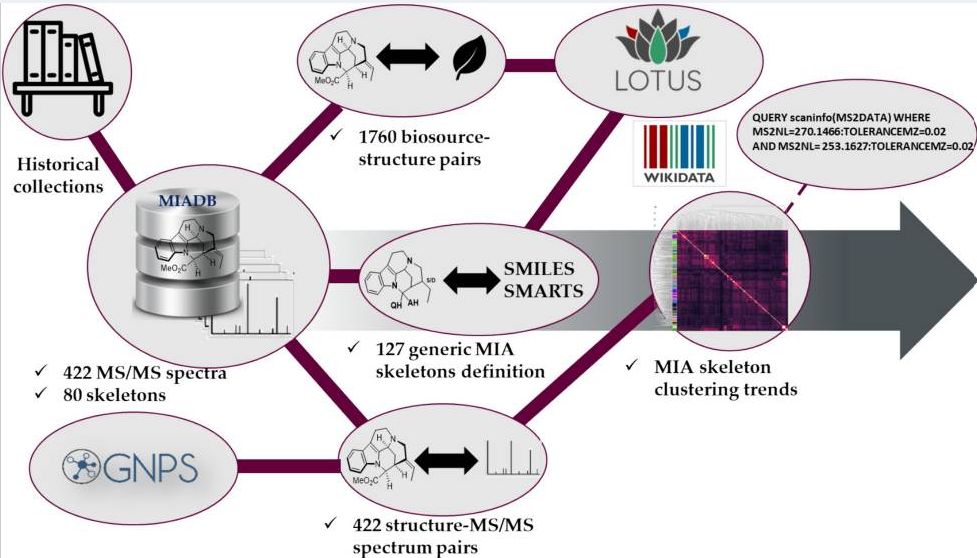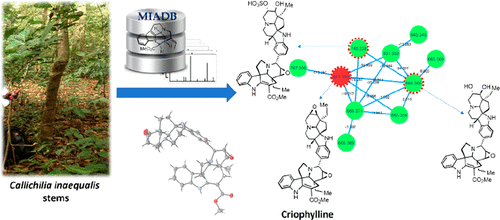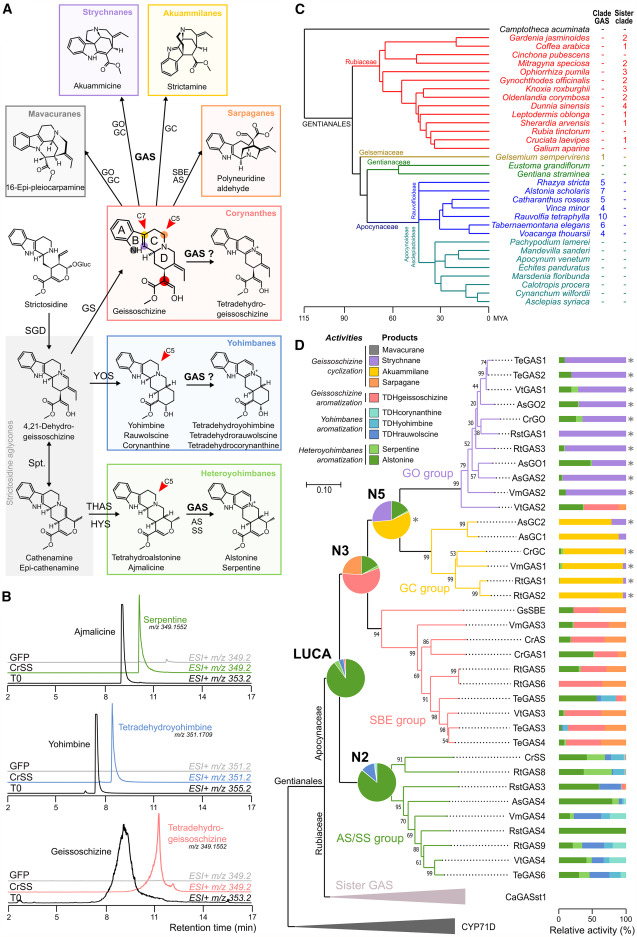Plants represent a huge reservoir of natural products. A broad series of these compounds now find application for human health. In this respect, the monoterpene indole alkaloids (MIAs), particularly from Madagascar periwinkle, are a prominent example of plant specialized metabolites with an important therapeutic potential. However, the supply of MIA drugs has always been a challenge since the low-yield accumulation in planta. This mainly results from the complex architecture of the MIA biosynthetic pathway that involves several organs, tissue types and subcellular organelles. Here, we describe the most recent advances towards the elucidation of this pathway route as well as its spatial organization in planta. Besides allowing a better understanding of the MIA biosynthetic flux in the whole plant, such knowledge will also probably pave the way for the development of metabolic engineering strategies to sustain the MIA supply.






